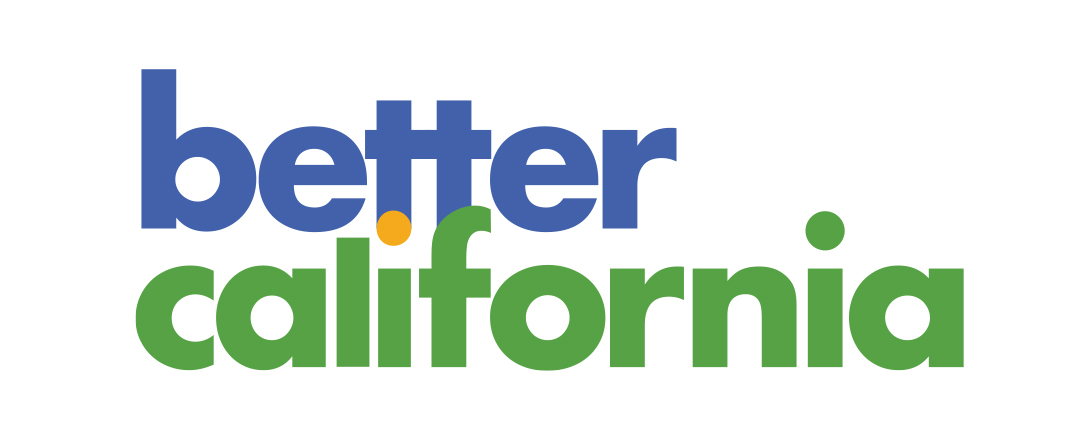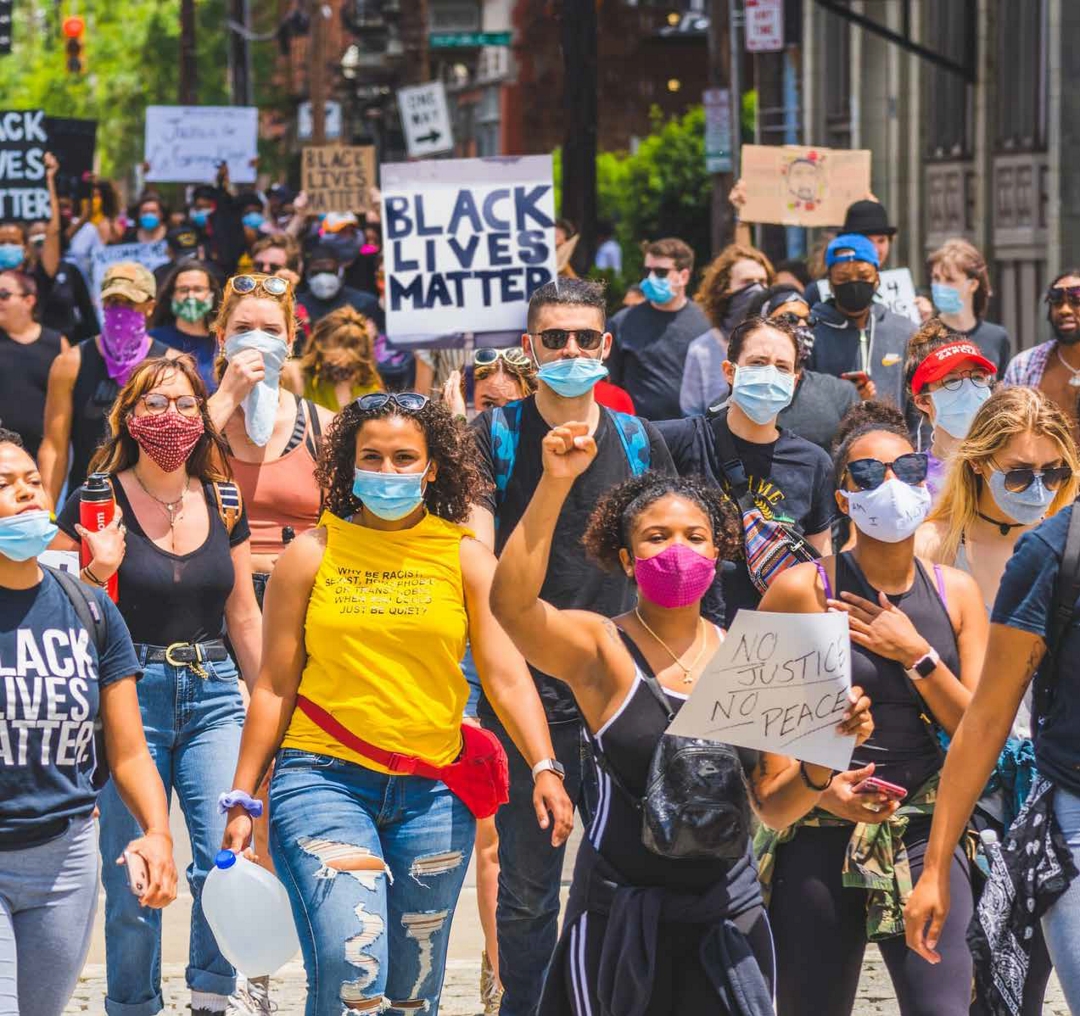Based on race, many Californians have been denied an equitable opportunity to thrive and prosper — we recognize this is due to historic and structural barriers rooted in our systems and institutions. Better California seeks to remedy those injustices and create equitable outcomes for all Californians.
In order to effect radical change in these systems and institutions, we must act boldly to advance our shared goals: an effective and robust public sector, a thriving and inclusive economy, healthy and powerful communities, and a sustainable environment. This requires sustained investment, long-term vision, patient capital, deep partnership, following more than leading, and the understanding that an ecosystem for long-term change must be nurtured.
Annually, the philanthropic sector invests $8 billion in California. Imagine if philanthropy increased and leveraged these investments in California communities along with the power of our collective influence to take decisive action. From demanding racial equity in health to investing fully in our school systems to embracing sustainability as a way of life, philanthropy can achieve more by joining together.
Our work is guided by our mutual values:

SHARED HUMANITY
We place our shared humanity at the center of all we do, recognizing that there is more that joins us than divides us.

EQUITY AND FAIRNESS
We believe in a just, fair, and inclusive society.

COMMON GOOD
We seek to advance the common good and foster safe, caring, and vibrant communities.

UNITY
We understand that we must join together to succeed.

JUSTICE
We acknowledge, reckon with, and seek to change systems and institutions so that all communities – particularly communities of color – have opportunity and are able to thrive and prosper
Better California is housed within Philanthropy California. Better California is a truly collaborative effort, backed by strong and sustained leadership within the philanthropic, nonprofit, and public sectors.
Sharing Power: To create a Better California, philanthropy needs to help communities build power through direct investment and by sharing our own power, particularly with the communities that are most deeply affected by the systems and institutions that perpetuate inequities. The resources below offer funders a set of tools, frameworks, and case examples for strategies to shift power relationships between foundations and grantees and support community leadership, in service of advancing equity, fairness and justice.
Power Moves: Your Essential Philanthropy Assessment Guide for Equity and Justice
by National Committee for Responsive Philanthropy
This toolkit offers multiple points of entry for foundations to examine the ways in which they currently build, share, and wield power and consider new ways of exercising their power to more effectively advance justice and equity.
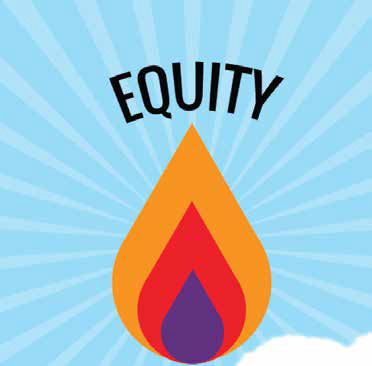
How Community Philanthropy Shifts Power: What Donors Can Do to Help Make that Happen
by GrantCraft
GrantCraft provides practical examples and advice for funders interested in applying a community philanthropy approach, including a diverse sampling of ways to share and shift power without losing sight of institutional interests and strategic imperatives.
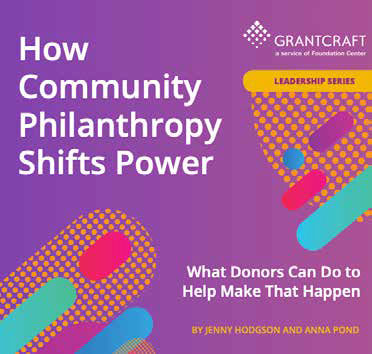
Deciding Together: Shifting Power and Resources through Participatory Grantmaking
by GrantCraft
This comprehensive guide presents an overview of how funders are shifting decision-making power to the communities impacted by funding decisions and offers a range of insights, examples, and models of participatory grantmaking for foundations to explore.
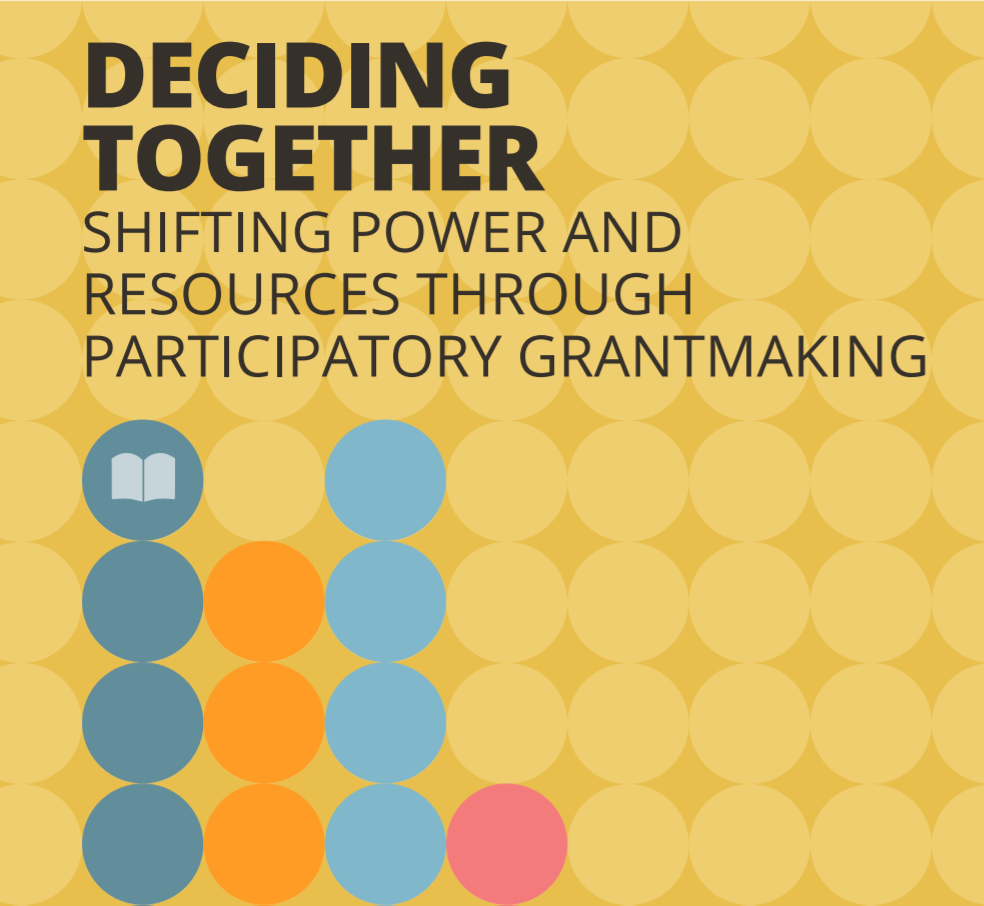
Theory of Impact
by Funders' Committee for Civic Participation
This foundation affinity group offers a cogent theory of impact to help foundations change the world with a focus on driving resources to power-building, participation, and democracy groups.
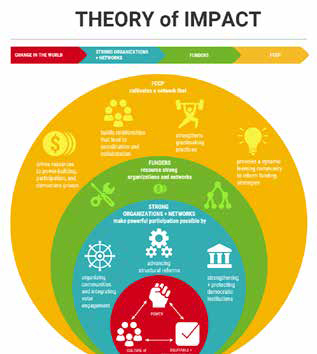
Strategic Investment through Grantmaking
by Liberty Hill
Liberty Hill, one of the longest-standing foundations supporting social justice, shares its framework and approach which includes using a volunteer Community Funding Board to determine its grant recipients.
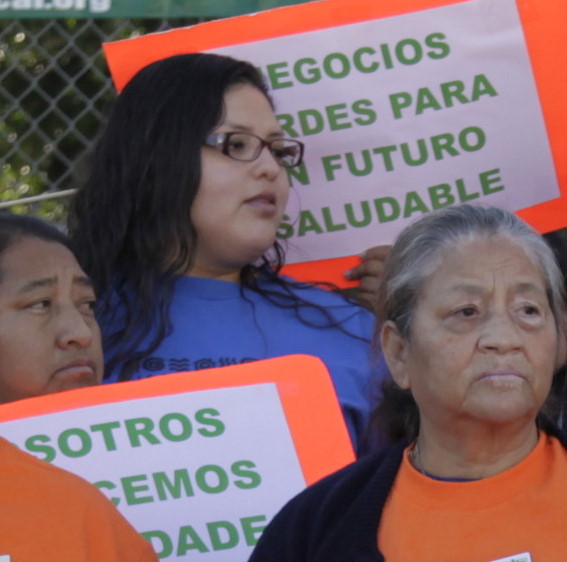
Money to Meet this Moment
Democracy Frontlines Fund
Developed in the aftermath of the murder of George Floyd, this fund is a great example of philanthropy trusting key movement building advisors to identify the Black-led and power building groups that then receive significant multi-year, general operating support for their work.
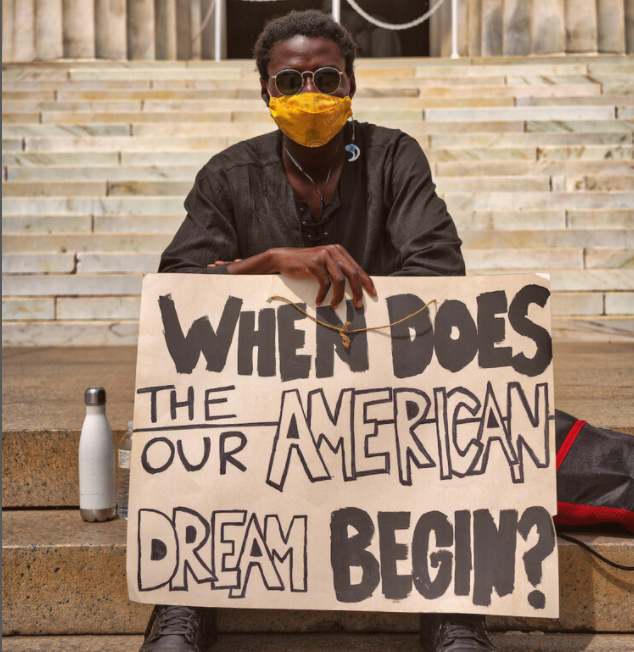
Advancing Racial Equity: The creation of a just, inclusive, and equitable California requires philanthropy to apply a racial equity lens to all aspects of our work, helping to create a world where the distribution of resources, opportunities, and burdens is not determined or predictable by race. The resources outlined below offer funders a set of tools, frameworks, guides, and case examples guides for advancing racial equity by strengthening philanthropy’s internal institutional and external grantmaking practices.
AWAKE to WOKE to WORK: Building a Race Equity Culture
by Equity in the Center
This guide provides a framework, insights, and detailed best practices around the ongoing work needed for all types of nonprofit organizations to shift their cultures and operationalize equity.
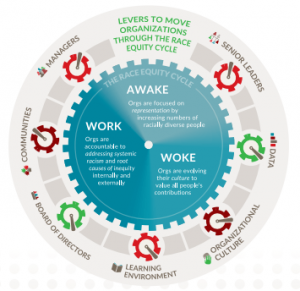
From Words to Action: A Practical Guide to Diversity, Equity, and Inclusion
by GrantCraft
GrantCraft offers a toolkit designed specifically to help foundations integrate DEI practices into their grantmaking and broader organizational culture.
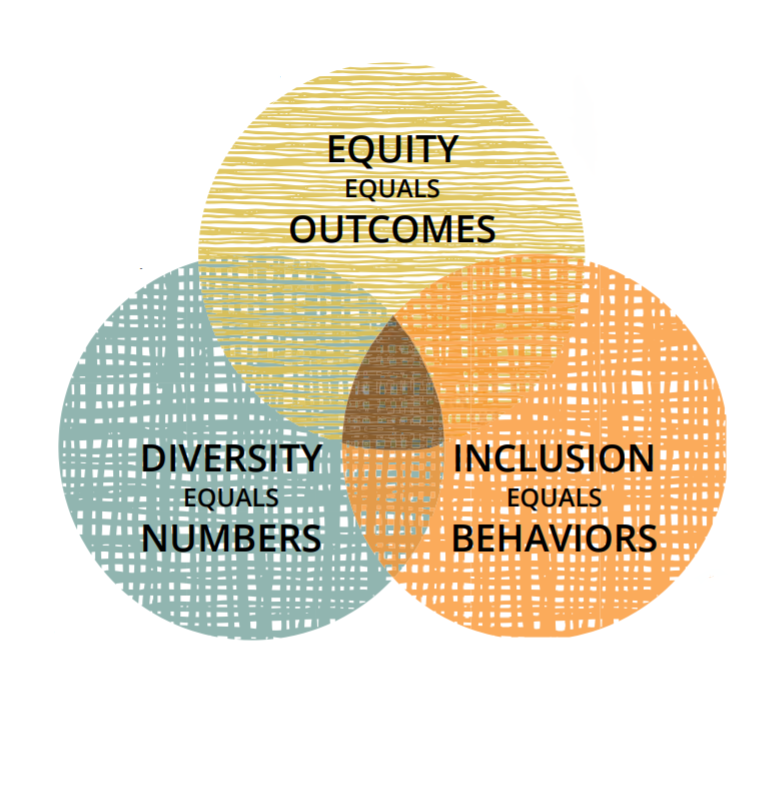
Grantmaking with a Racial Equity Lens
by Rinku Sen and Lori Villarosa, Philanthropic Initiative for Racial Equity
The Philanthropic Initiative for Racial Equity provides a guide for more advanced practitioners to move beyond racial equity to a racial justice lens with practical steps and specific solutions for grantmakers to employ.
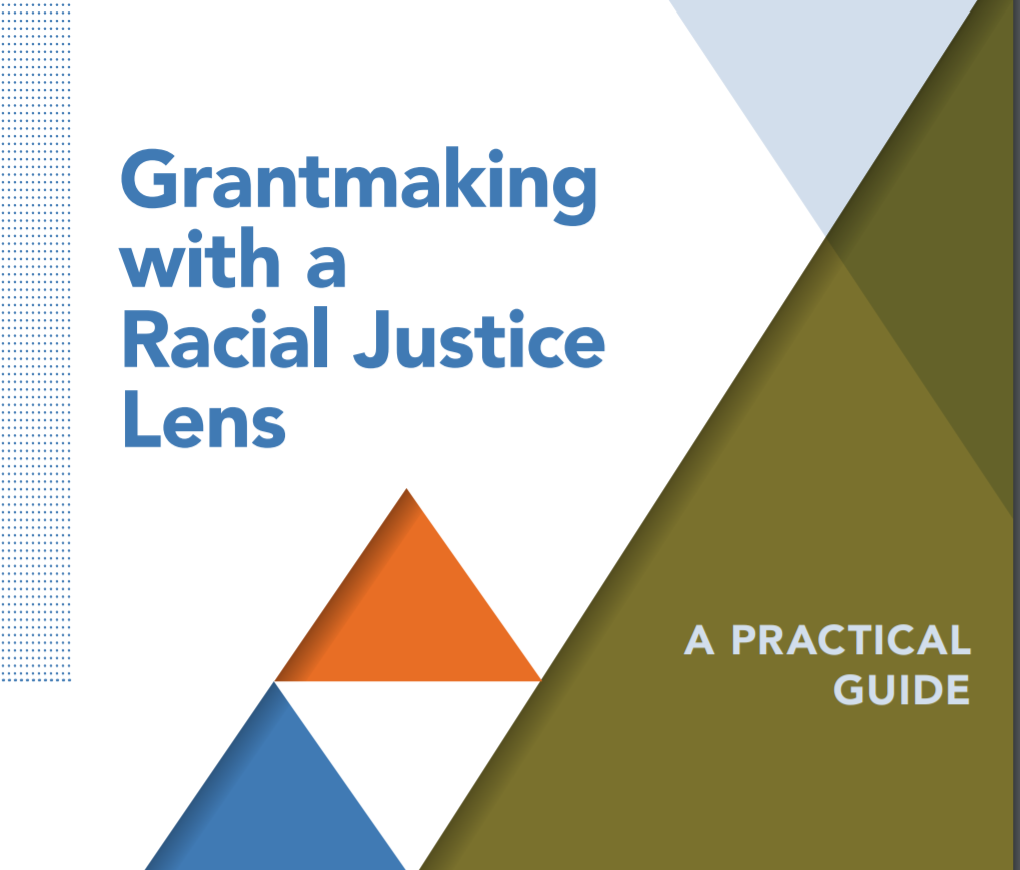
Operationalizing Racial Justice
by Maggie Potapchuk, MP Associates
This companion piece provides a well-curated list of resources, from curriculum and workshop outlines to videos and webinars, for the range of tools needed to operationalize racial equity and justice in their work and institutions.
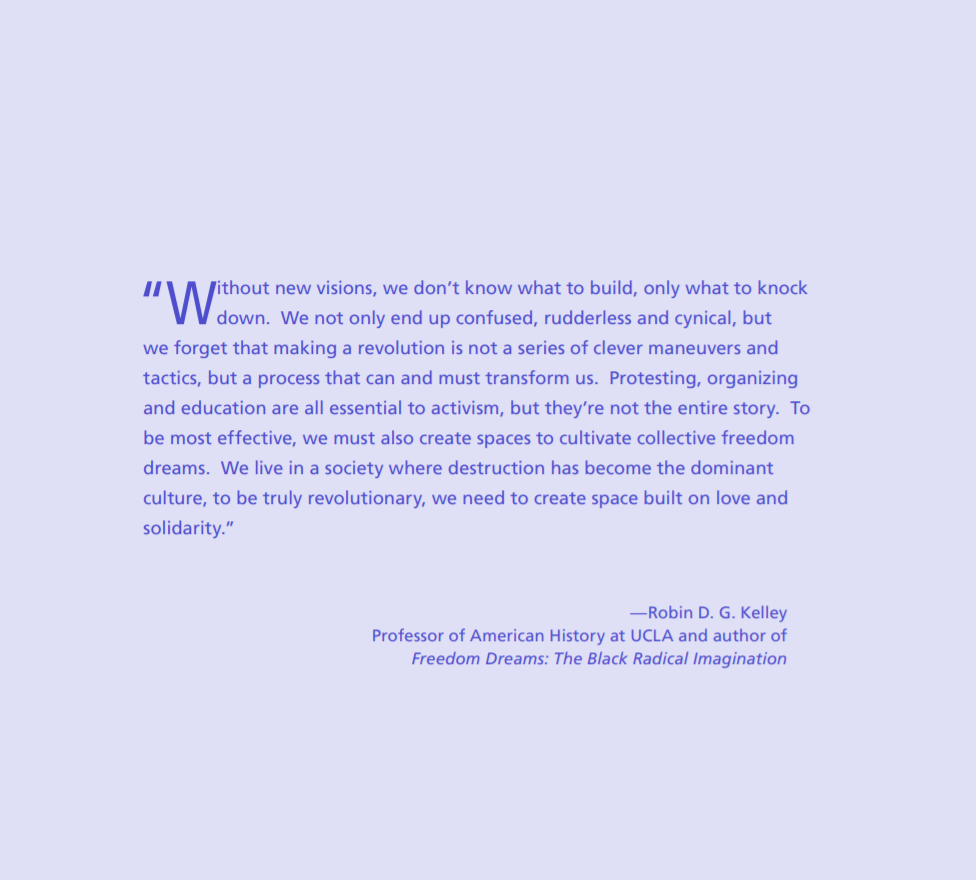
Diversity, Equity, and Inclusion Audit Report
by The California Endowment
The California Endowment shares a great example of not only committing to a Diversity plan with specific target goals, but of monitoring and adjusting it over time through third-party evaluation.
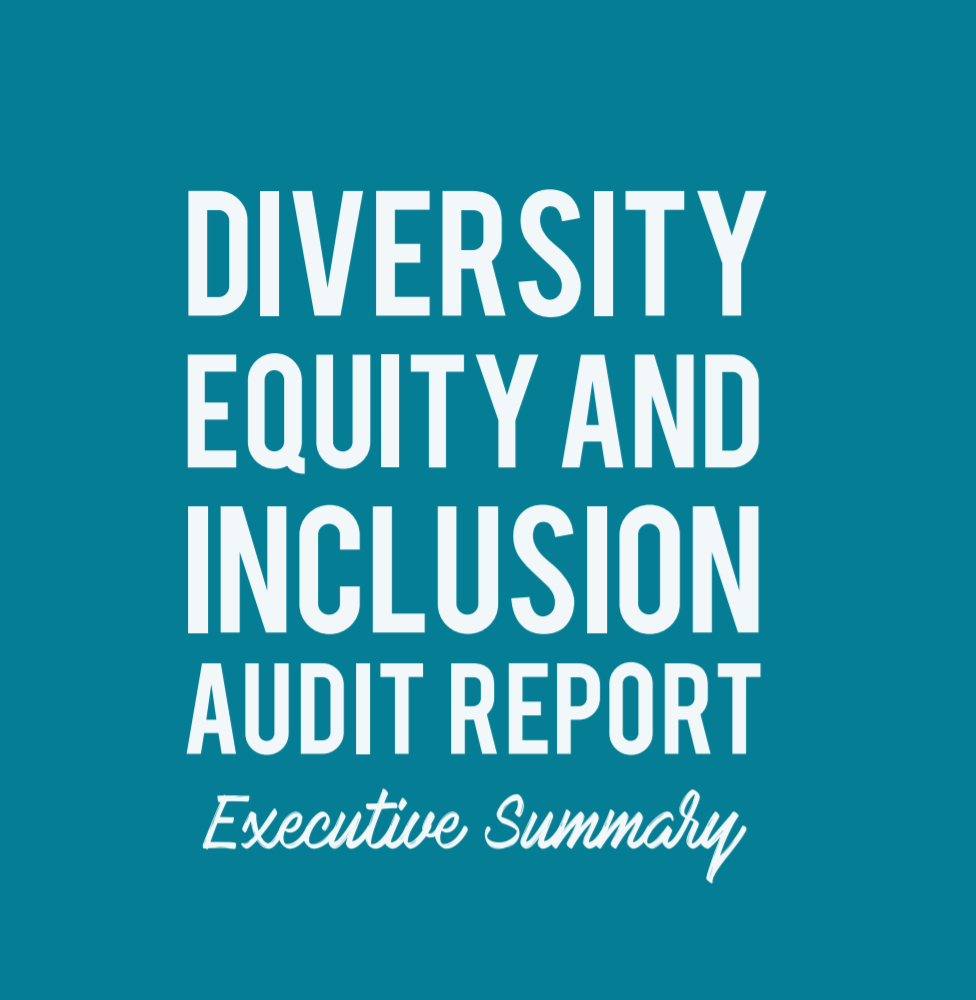
Flexible and Sustainable Funding: General operating support has proven to be one of the most effective strategies for increasing nonprofit performance and resiliency, and nowhere is this more important than in supporting the work of movement building organizations that are working to create a Better California. This section offers resources for foundations to shift institutional practices toward making significant, flexible, multi-year investments and case examples of the significant results that are generated.
What is General Operating Support and Why is it Important?
by Grantmakers for Effective Organizations
GEO provides a great introductory toolkit for foundations interested in making general operating grants and increasing nonprofit financial sustainability.
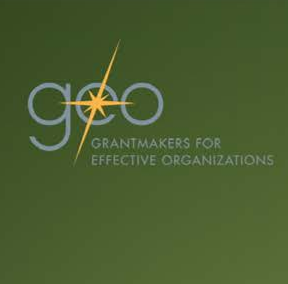
Grantee Voice: Provide Multiyear, Flexible Funding
by Naomi Orensten, The Center for Effective Philanthropy
This blog makes a strong case for flexible, general operating support and the ways in which it increases nonprofit effectiveness and includes helpful definitions and links to further evidence and resources.
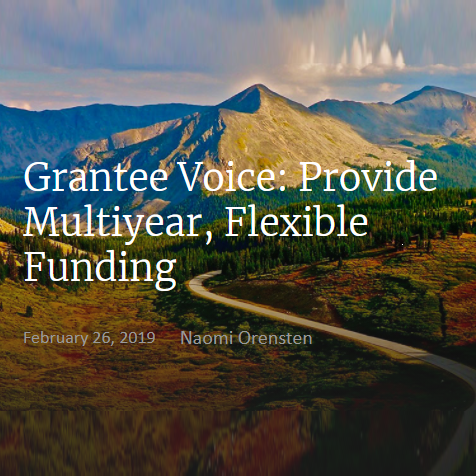
The Coolest Equity-Focused Family Foundation You've Probably Never Heard Of
by Aaron Dorfman, National Committee for Responsive Philanthropy
The Satterberg Foundation provides a great model of how a mid-sized foundation helps grassroots organizations build power to achieve justice and equity through multi-year general operating grants.
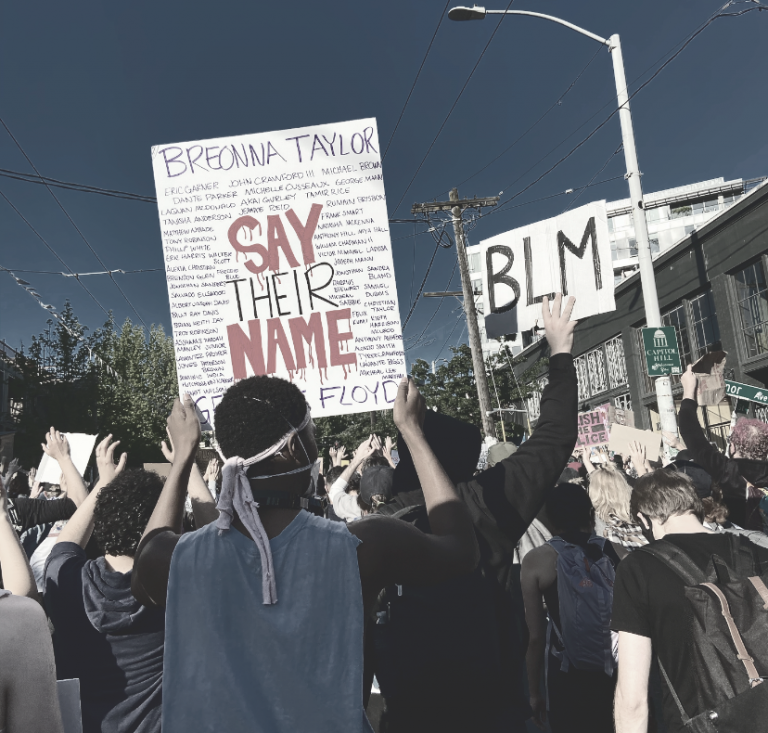
Investing in Equity: How the Weingart Foundation's Strategy Aligns with Nonprofit Needs
by Nonprofit Finance Fund
This independent evaluation of the opportunities and challenges facing the nonprofit sector and the extent to which Weingart Foundation’s strategy helps to address these needs provides further proof of the effectiveness of ongoing, flexible support.
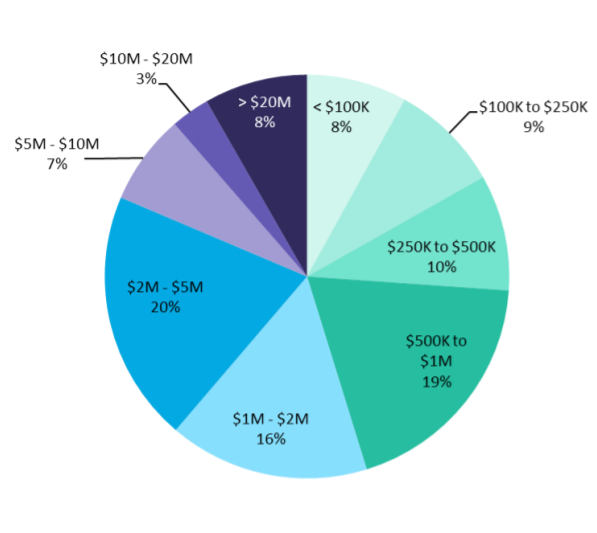
Moving Beyond the Check: Foundations are much more than simply the grants they award – they have tremendous non-financial assets that they can bring to bear in their partnerships with government, nonprofits, and business to create a just and equitable California. This section explores tools, frameworks, and examples of foundations using their leadership, influence, capacity building support, and convening power to achieve structural changes that will benefit everyone.
Philanthropy Advocacy Playbook: Leveraging Your Dollars
by Alliance for Justice
The Playbook is the go-to-guide for foundations interested in funding and directly engaging in advocacy, explaining the legal rules while offering real-life examples.
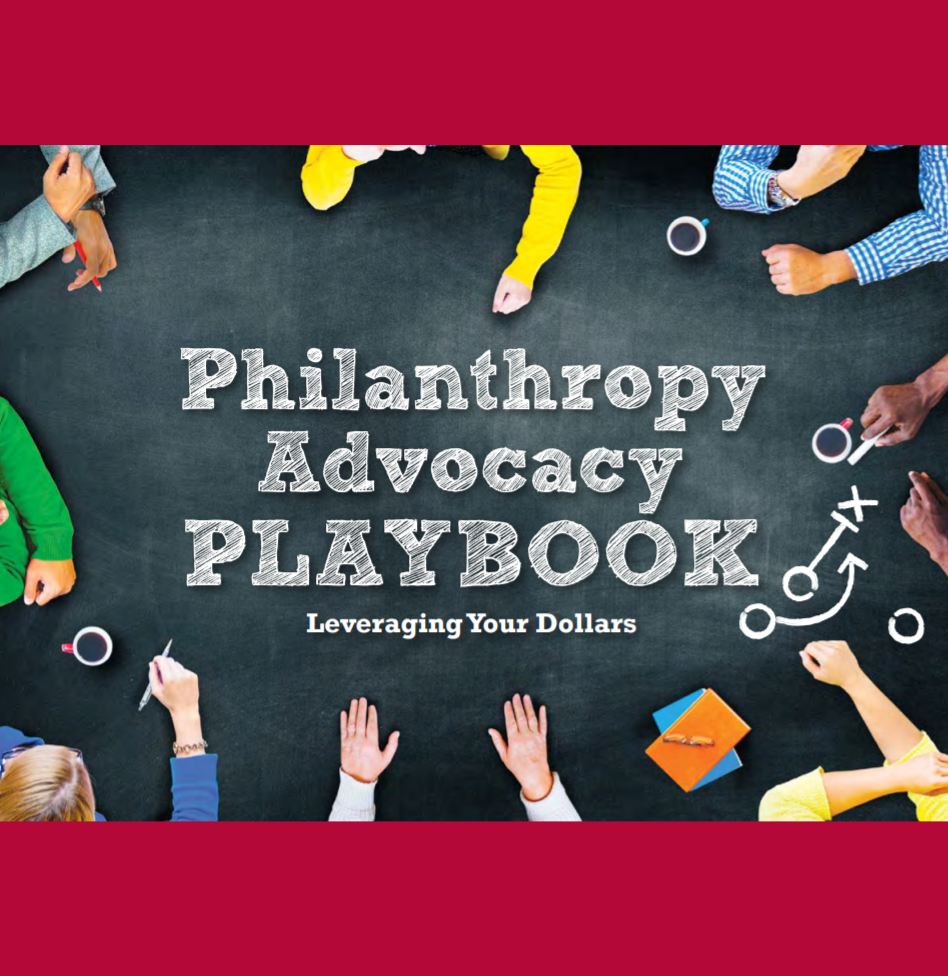
Teaming up for Advocacy: How to Effectively Use a Collaborative to Drive Change
by GrantCraft
This will help funders think about how to collaborate with each other to create long-term systems change and understand the pain points and levers of success connected to funding advocacy and donor collaboratives.
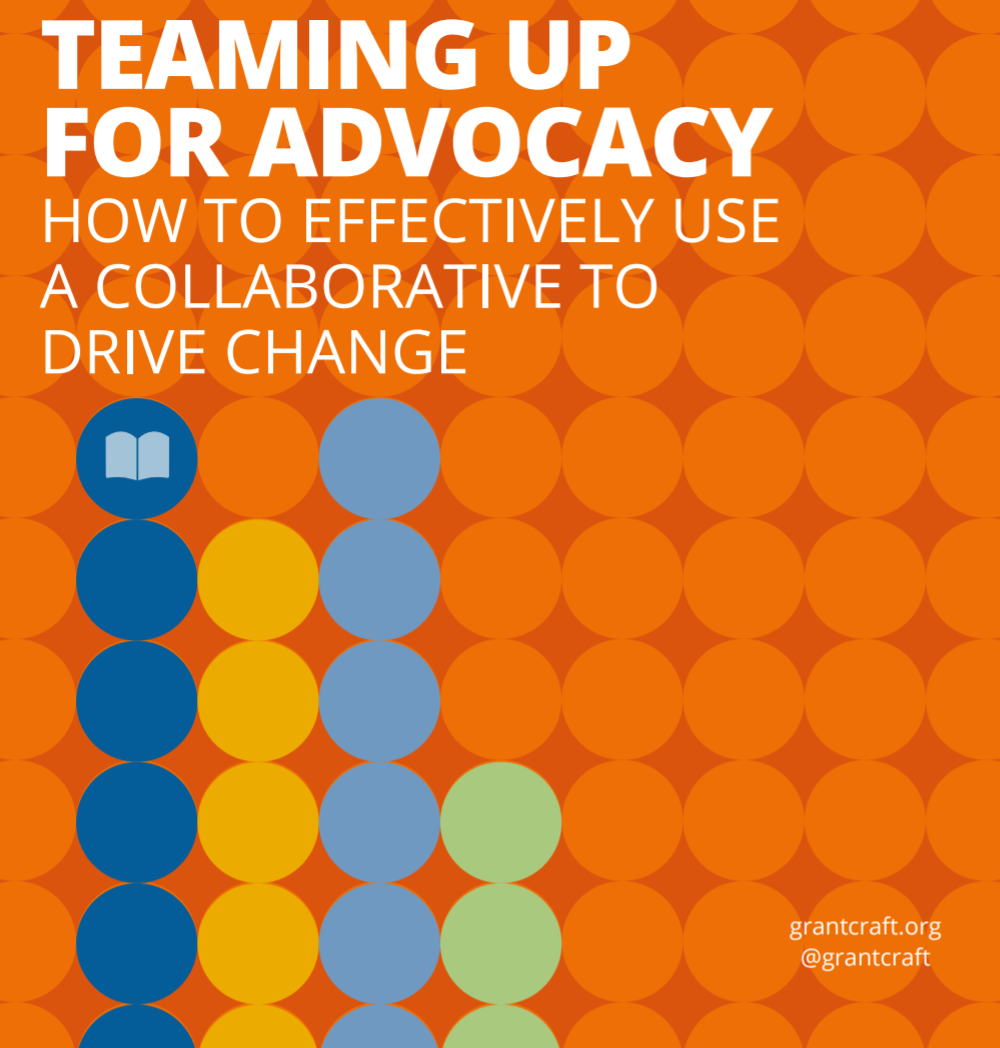
Hearts & Minds: The Civil Marriage Collaborative
by Proteus Fund
This case study provides critical lessons learned from the 11-year, $153M collaborative investment that helped America to enact marriage equality, detailing the key elements needed for successful philanthropic support of social justice movements.

Supporting Grantee Capacity: Strengthening Effectiveness Together
by GrantCraft
This comprehensive guide examines how funders of all sizes and types approach capacity building and provides strategies for developing your own capacity building program.
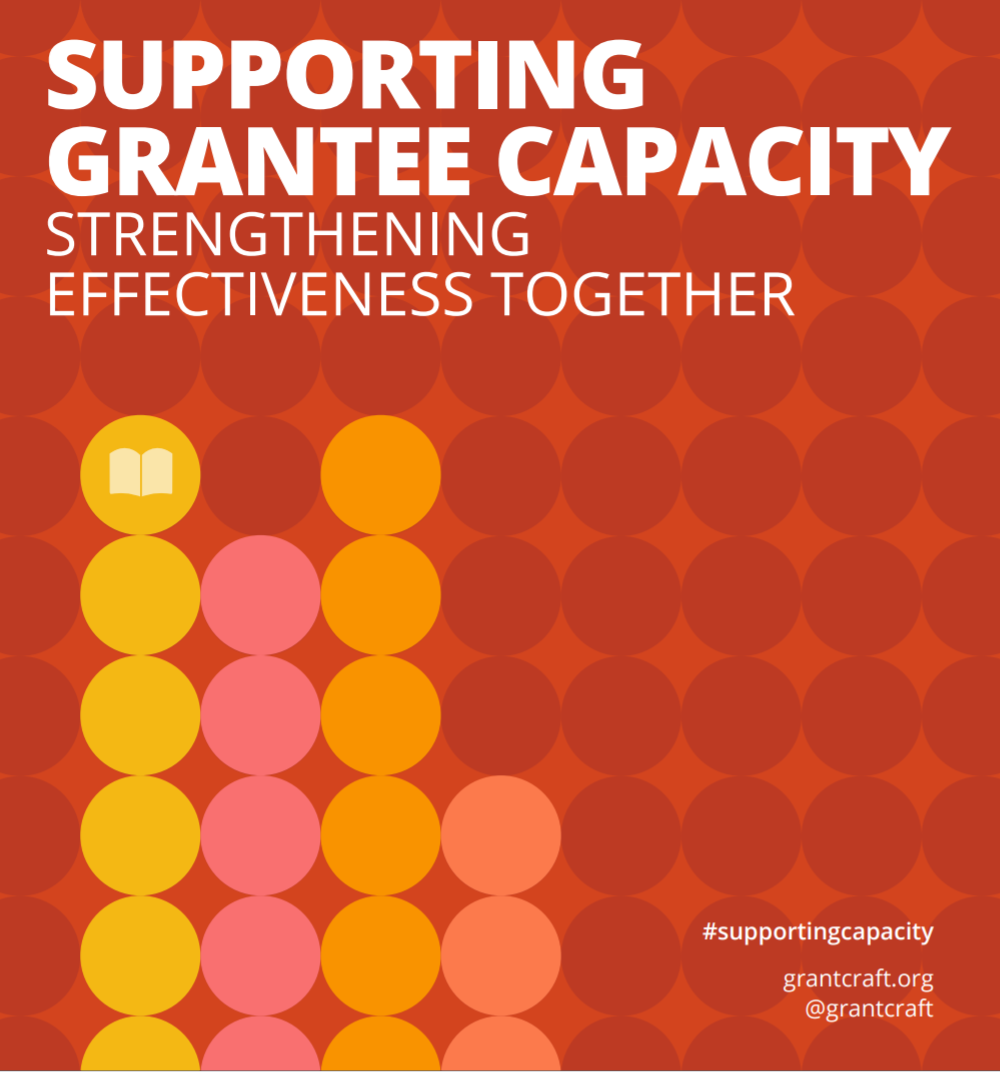
Support Beyond the Check
by Trust-Based Philanthropy Project
The Trust-Based Philanthropy Project offers a range of ways that funders can provide non-monetary support that bolster nonprofit leadership and capacity.
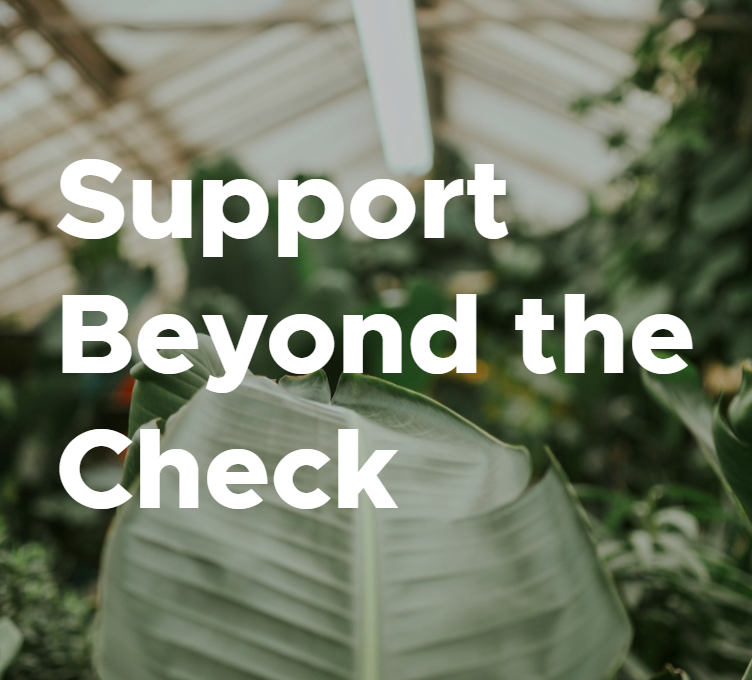
Tipping Point Grantee Support
Tipping Point Community
Tipping Point provides a great case example, leveraging its own connections, resources and technologies and providing introductions to other funders, training, and access to financial sustainability, legal, fundraising, and human resources professionals.
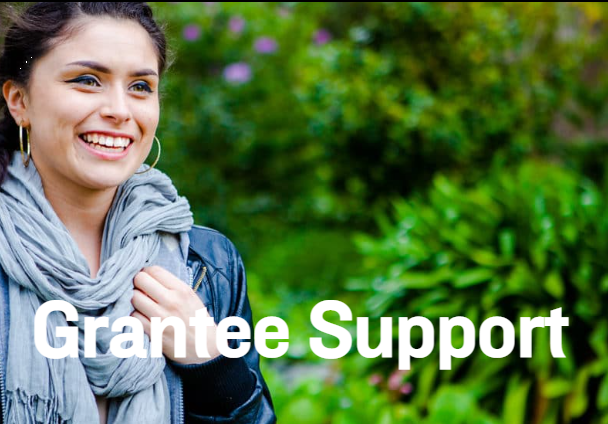
Pushing Past the 5%: Foundations can greatly increase their own impact and help build a Better California by deploying a greater share of assets in service of and alignment with their mission and goals. The resources outlined below offer funders a set of tools and case examples for granting a higher portion of their endowments—beyond the minimum 5%—and ensuring that their financial investments are in alignment with their core values and goals.
Impact Investing: A Guide to this Dynamic Market
by Global Impact Investing Network
Global Impact Investing Network offers a terrific introductory guide to help foundations understand the basics of impact investing and the current state of the field.
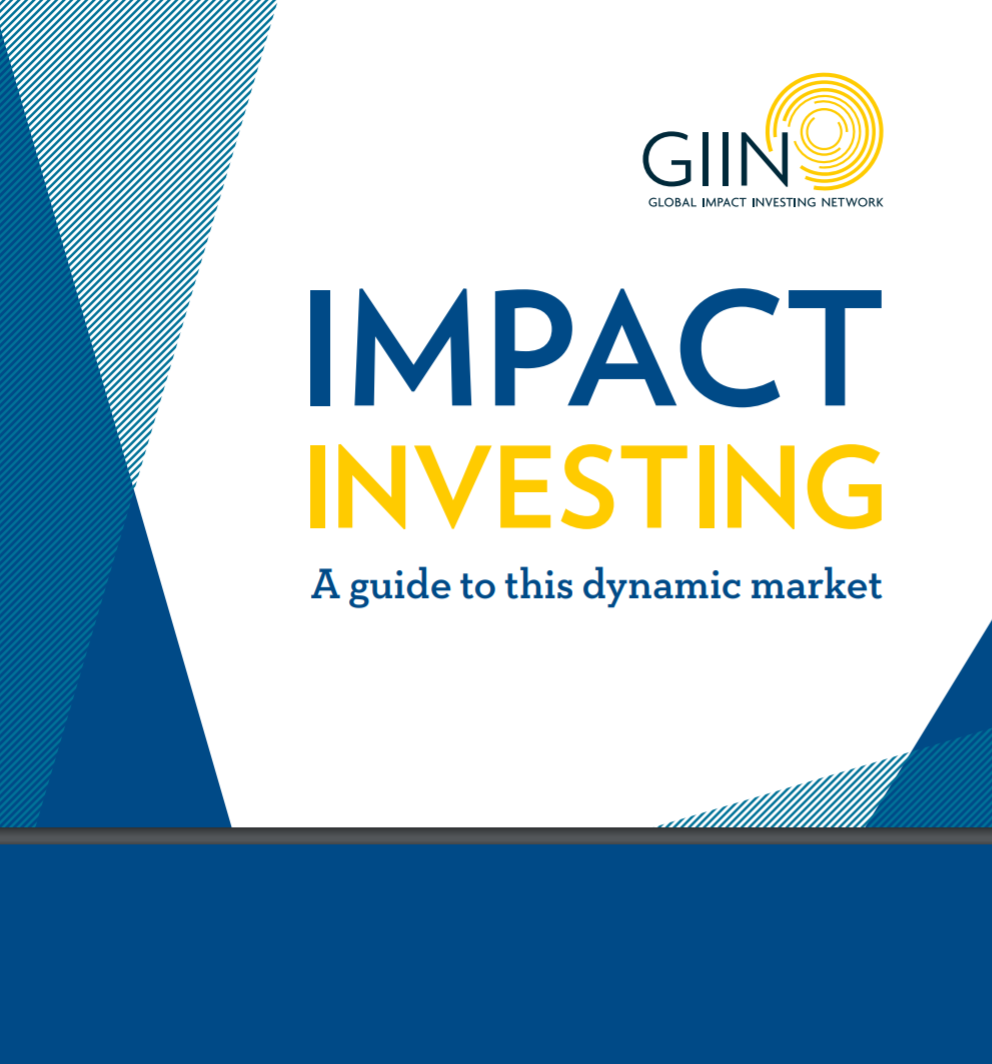
Racial Equity & Impact Investing
by Mission Investors Exchange
This is a great library of resources that helps foundations and investors at different stages of practice explore the many ways they can grow and deepen their commitments to racial equity in their investing practices.
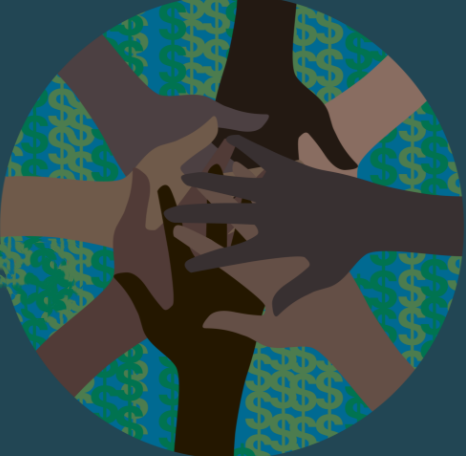
Catalytic Capital: Unlocking More Investment and Impact
by Tideline
This report is geared toward those already in the impact investment space, offering a helpful Pathways to Impact framework to understand the strengths, limitations, and recommended uses of a variety of investing approaches and making the case for a more catalytic use of investment capital.
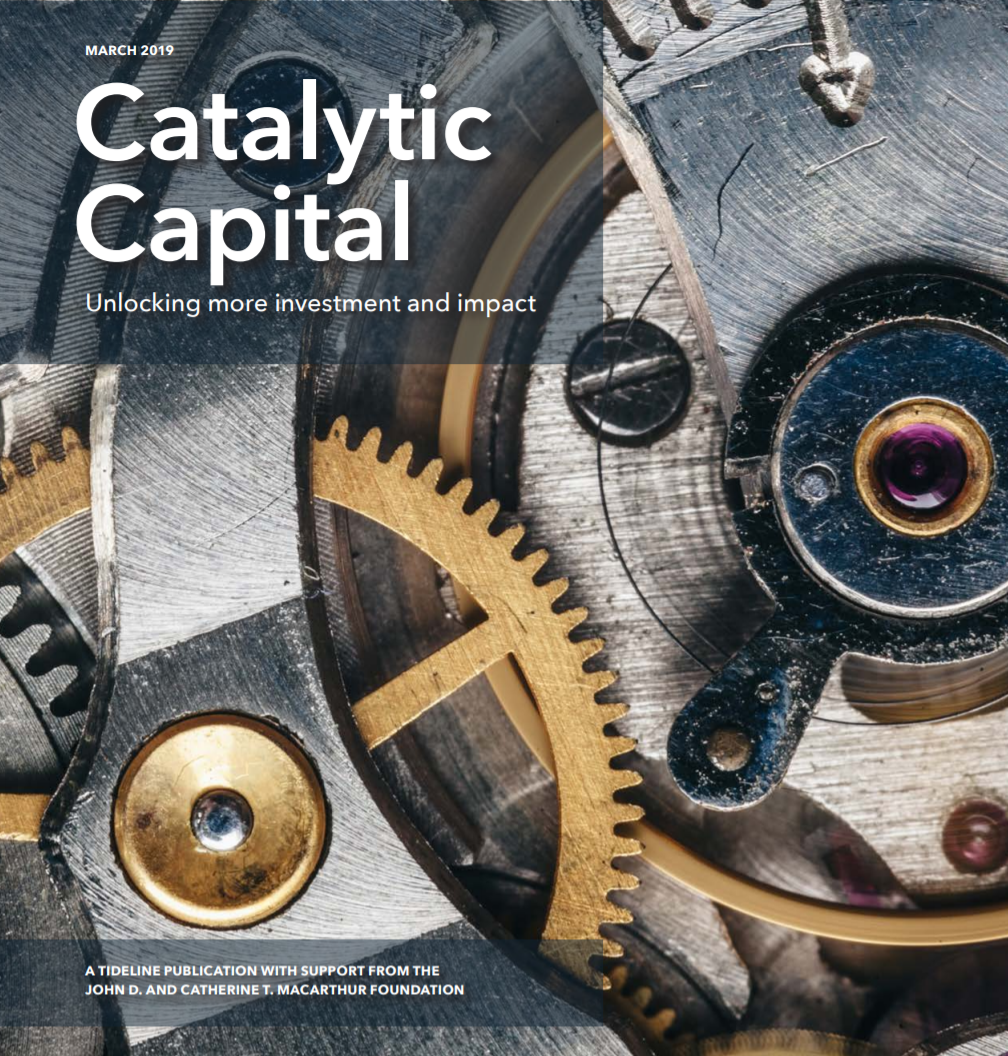
Conscious Portfolio Construction
by The Heron Foundation
Heron has been at the forefront of mission-related investing since 1997 and provides a chronicle of their journey and lessons learned as they moved from 40% to 100% mission-related investing.

An Impact Investing Case Study
by Edwards Mother Earth Foundation
This case study provides specific lessons learned from a smaller foundation’s commitment to investing 100% of its endowment to generate both measurable environmental benefits and competitive financial returns.
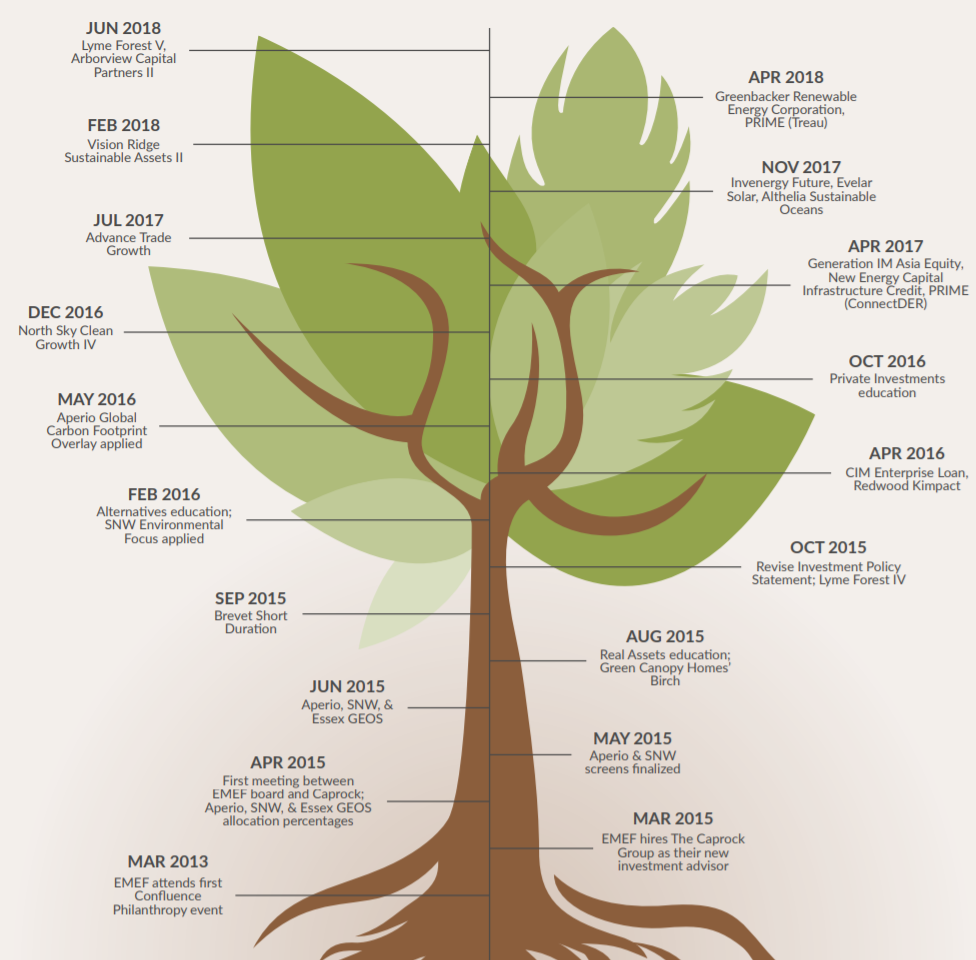
Our Spend Out
by The Whitman Institute
A series of blog posts by the Whitman Institute provides real-time learning about the practice and results of their decision to increase philanthropic impact by investing all of their assets in the community over a ten-year period.
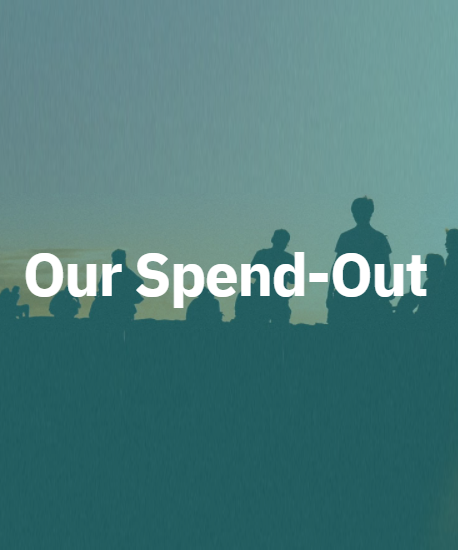
From expanding access to voting to protecting immigrant families, to advancing racial equity in our health care systems, philanthropic organizations can play an integral role in changing California for the better. We do this by sharing insights and strategy and joining forces with others. Here you'll be able to find resources from recent events, current policy actions you can take, and collaboration opportunities from members of Northern California Grantmakers, Southern California Grantmakers, and Catalyst of San Diego & Imperial Counties.
This session featured bold new ideas from a range of institutions, all of which will help to create a Better California, and explored some of the most leading-edge philanthropic work to support the movement-building ecosystem, advance racial equity, and create lasting change. Our speakers shared their perspectives about funding innovations including social impact bonds, black-led movement-building funds, trust-based grantmaking processes, and influencing and mobilizing policy change. They also discussed what it took to bring these ideas to life, early wins, challenges, and what is needed to scale and sustain them, making them part of a new normal with equity at its core.
This session focused on how philanthropy has responded to the call to action for increased and sustainable investment in and support of Black-led organizing, Black-led organizations, and Black communities overall. We had the opportunity to learn more about the California Black Freedom Fund, the Black-Led Movement Fund, and the Black Liberation Pooled Fund, and discuss why we center Black-led organizing and communities in our efforts to end systemic anti-Black racism. This session also explored our individual and collective roles in this moment, examined what is needed to transform our systems, and leverage the positions we each hold to the impact, challenges, and sustainability of funds for Black organizing, communities, and issues. The panelists also helped deepen our understanding of the Black-led movement-building ecosystem and the various funding and investments needed to strengthen the infrastructure and capacity of Black communities.
The work we do in philanthropy—and the work of our nonprofit partners—is not immune to the complexities and chaos of a changing world. Amidst a global pandemic, threats to our democracy, and environmental devastation, we are pushed to be hyperproductive problem-solvers. While these tendencies are brought to bear “in the heat of the moment,” they’re limiting over the long-term, especially when strategic thinking and attuned sensitivities are needed. We cultivate the latter by slowing down, stilling our minds, getting in touch with signals from our body, and allowing the resulting data to inform our action.
The Ethos of Being Trust-Based Session 2: Interpersonal Skills: The Hardest Skill Building You'll Ever Do
In philanthropy, we sometimes overlook or deprioritize the interpersonal skills required to do this work well. This includes the ability to connect dots, show up in an emotionally intelligent way, listen actively and empathically sensitively, and know when to get out of the way. It also requires a clear understanding of power, and how power imbalances between funders and grantee partners are exacerbated by race, gender, and class inequities. Cultivating and advancing effective interpersonal skills requires practitioners to bring self-awareness, self-regulation, empathy, and willingness to take multiple perspectives into account.
A trust-based culture—one that prioritizes power-sharing, dialogue, transparency, and learning—is essential to cultivating relationships of trust within organizations. Simply put, being a trust-based organization requires there to be trust within your organization—among staff, between staff and board, and between the board and the CEO. When this trust is broken, or if it is never built to begin with, it can seep into the external aspects of your work with the potential of threatening your relationships, credibility, and reputation.
Trust-based philanthropy is anchored in an understanding of power and privilege, historical and systemic racism and structural oppression, and how these shape people’s realities in profoundly different ways. As grantmakers, we have a responsibility to confront the reality that philanthropy originated from and has often contributed to systemic inequities, both in the ways wealth is accumulated and its dissemination is controlled. While these discussions may be challenging and difficult, this type of self-reflection is fundamental to the work of trust-based philanthropy.
Traditional Philanthropy has institutionalized and perpetuated harmful tropes about funders as experts and nonprofits as needy people who need to be held accountable. This has been perpetuated institutionally through our grantmaking practices, but also in less obvious ways, such as job descriptions, theories of change, program descriptions, and the language we use to describe our work
Connect with Us
Better California. It’s our name. And our mission. Despite decades of monumental change and progress, California is a place still riven by inequality. Better California seeks to change that story by deploying philanthropy to use all its assets to help create a California in which all people can participate, prosper, and reach their full potential. Together, California funders can create a Better California.
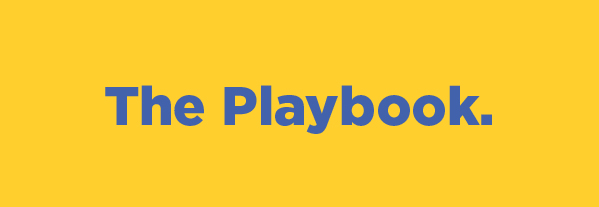
To build a just, fair, and inclusive California, what does philanthropy need to do differently? What new strategies should we pursue? We can start with a Playbook for how to change our own practices—harnessing the strength of all of philanthropy’s assets and investing in new ways to create long-term structural change that advances racial equity and social justice. Doing so requires us to systemically support movement building as the Akonadi Foundation does through its Ecosystems Grantmaking, and to increase regenerative practices as outlined in the Justice Funders’ Resonance framework. Taking a values-based approach to building sustained movements is at the core of Better California, and the Playbook provides specifically curated, practical tools, and resources for funders to create equitable, systemic change.
The Playbook is divided into five interconnected sections—Sharing Power, Advancing Racial Equity, Flexible and Sustainable Funding, Moving Beyond the Check, and Pushing Past the 5%. A range of guides, toolkits, frameworks, and case examples are offered under each section. To effect long-term change, Better California recognizes we need all five of these interconnected strategies to be deployed by the philanthropic sector—and an individual funder may find any one particular strategy to be a useful starting point. Take a look at our Playbook below.
